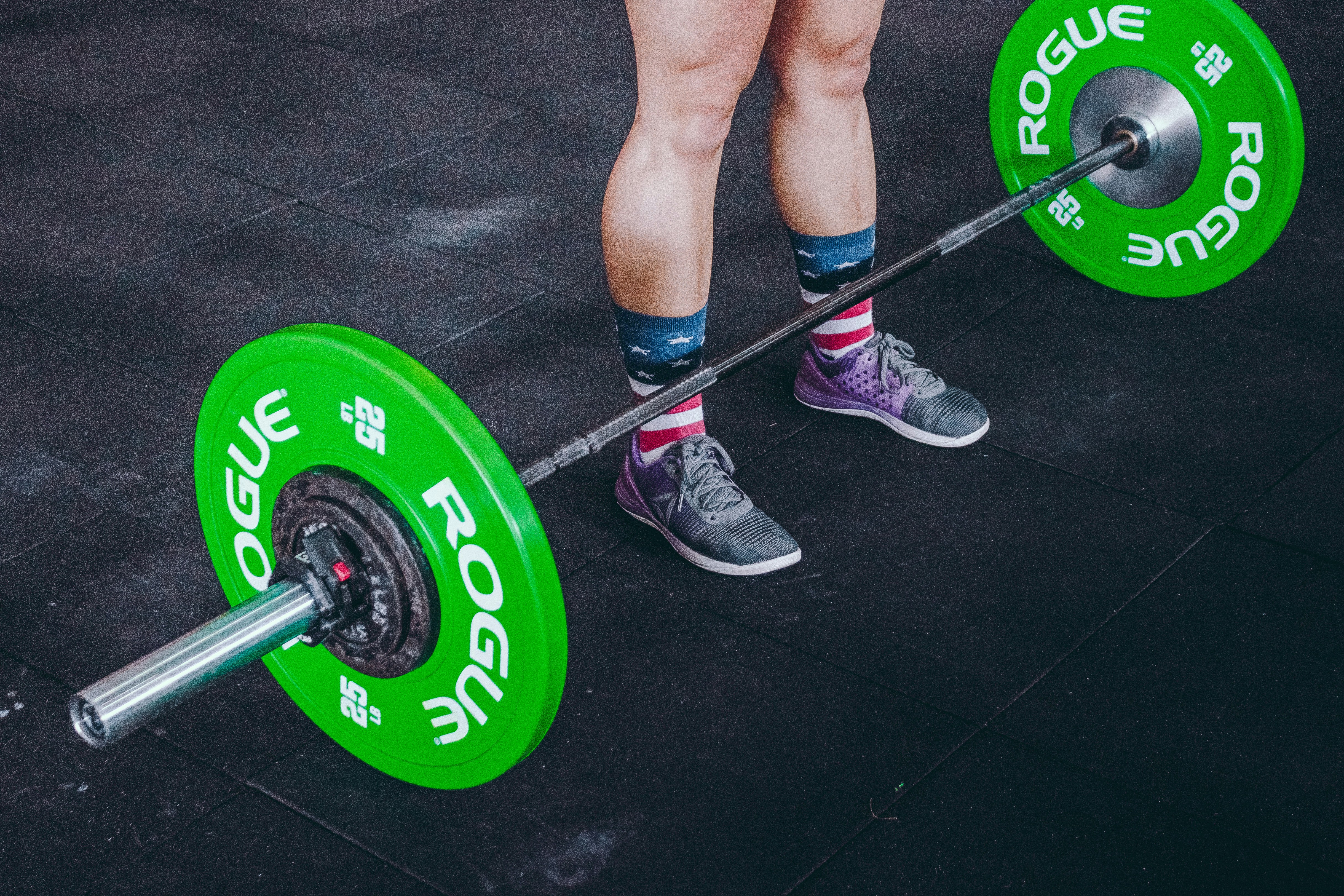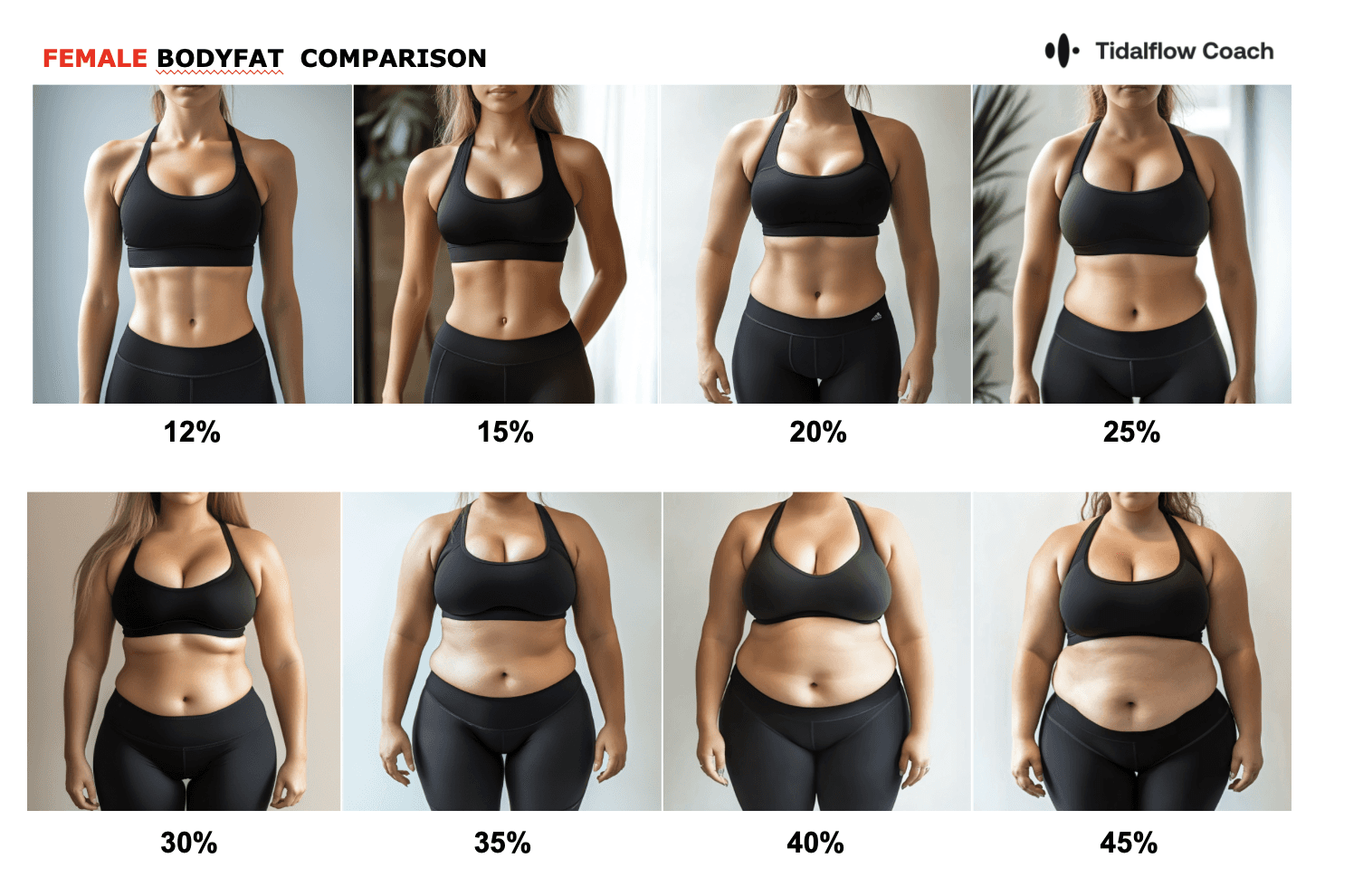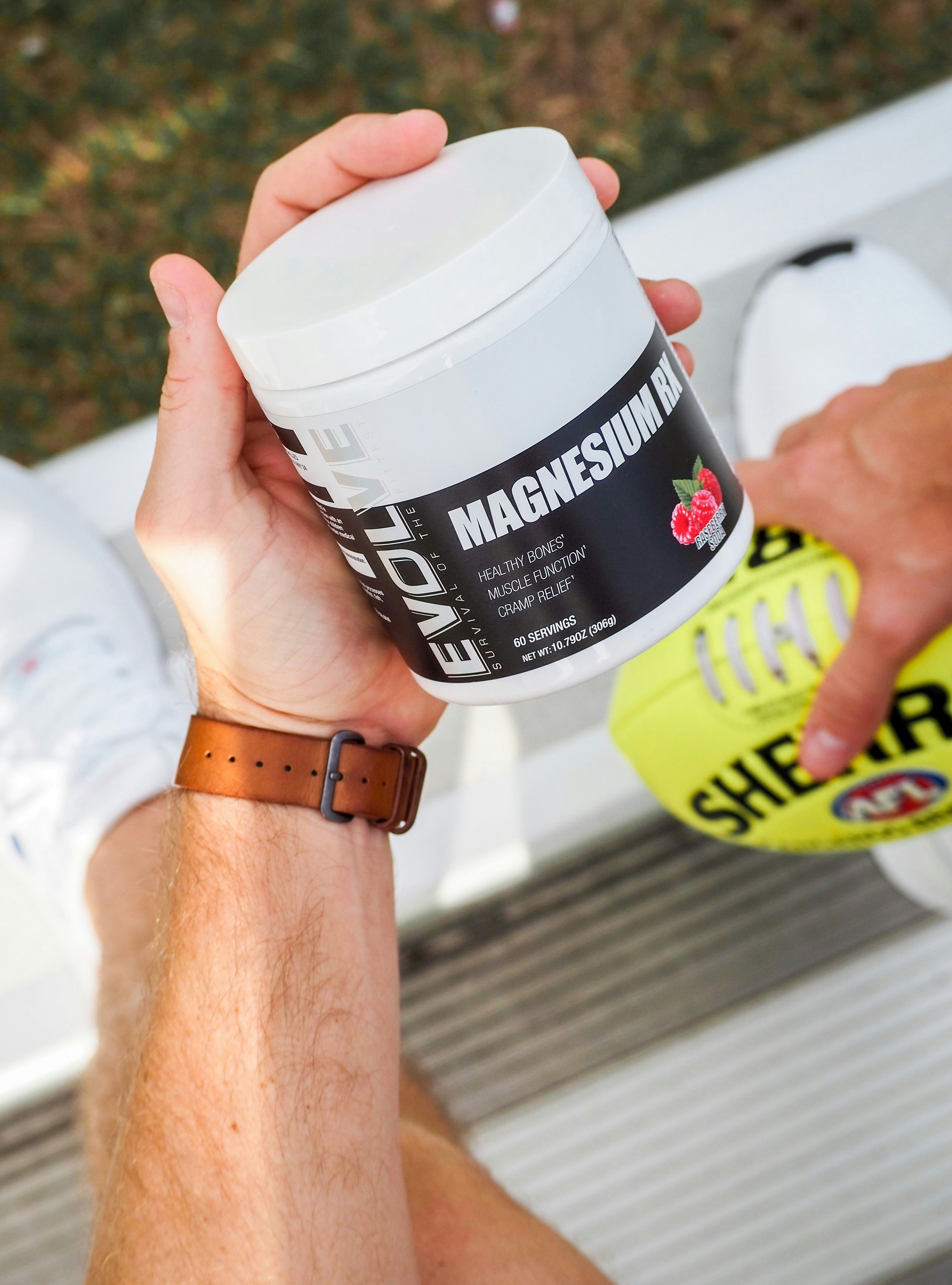Average Deadlift Standards: Improve Your Strength Today
Sep 27, 2024
The deadlift is a fundamental strength training exercise that targets multiple muscle groups, including the back, legs, and core. It's a powerful movement that can help build overall strength and muscle mass. Understanding the average deadlift and how you compare can be a useful tool in setting goals and tracking progress. In this comprehensive guide, we'll explore average deadlift standards, factors that influence deadlift strength, and strategies to improve your lift.
What is the Average Deadlift?
The average deadlift varies significantly based on factors such as gender, age, body weight, and training experience. However, here are some general guidelines:
For men: The average deadlift is around 150 kg (330 lbs)
For women: The average deadlift is approximately 89 kg (196 lbs)
These figures represent intermediate lifters, stronger than about 50% of the lifting population. Keep in mind that these are just averages, and individual performance can vary widely.

How Much Should a 70 kg Man Deadlift?
For a 70 kg (154 lbs) man, the deadlift standards are as follows:
Beginner: 66 kg (145 lbs)
Novice: 100 kg (220 lbs)
Intermediate: 129 kg (284 lbs)
Advanced: 155 kg (341 lbs)
Elite: 192 kg (423 lbs)
These standards can serve as benchmarks for setting goals and tracking progress in your strength training journey.
Is a 100kg Deadlift Good?
A 100 kg (220 lbs) deadlift is generally considered good for beginners, especially those new to strength training. For a 70 kg man, this falls in the novice category. However, the true measure of a "good" lift depends on various factors, including your body weight, training experience, and personal goals.
Is a 150 kg Deadlift Good?
A 150 kg (330 lbs) deadlift is impressive and falls in the intermediate to advanced category for most men. For a 70 kg man, this would be considered an advanced lift. This level of strength demonstrates significant dedication to training and proper technique.
Is a 120 kg Deadlift Good?
A 120 kg (264 lbs) deadlift is a solid lift, typically falling in the novice to intermediate range for most men. For a 70 kg man, this would be slightly above the novice level, indicating good progress in strength development.
Is 160 kg Deadlift Impressive?
Yes, a 160 kg (352 lbs) deadlift is impressive for most lifters. This falls in the advanced category for many weight classes and represents a significant amount of strength. Achieving this level of lift requires consistent training, proper nutrition, and good technique.
Is 200 kg Deadlift a Lot?
A 200 kg (440 lbs) deadlift is indeed a lot and would be considered elite for most weight classes. This level of strength is not common among casual lifters and typically requires years of dedicated training and proper programming to achieve.
Can a Human Deadlift 500KG?
While 500 kg (1102 lbs) is an extraordinary weight that surpasses the capabilities of most humans, it has been achieved. In 2016, Eddie Hall set a world record by deadlifting 500 kg, which was later broken by Hafthor Björnsson with a 501 kg lift in 2020. These lifts are performed by elite strongmen and are far beyond what the average person can achieve.
Can a 15 Year Old Lift 100kg?
It's possible for a 15-year-old to deadlift 100 kg (220 lbs), especially if they have been training consistently and have good technique. However, it's crucial for young lifters to focus on proper form and gradual progression rather than maximal weights to avoid injury and ensure long-term development.
Is a 90kg Deadlift Good for a 15 Year Old?
A 90 kg (198 lbs) deadlift can be considered good for a 15-year-old, depending on their body weight and training experience. For many 15-year-olds, this would fall in the intermediate range. However, it's important to remember that adolescents should prioritize technique and controlled progression over heavy lifting to ensure safe and sustainable strength development.
Factors Influencing Deadlift Strength
Several factors can influence your deadlift strength:
Training experience
Body composition
Limb length and body proportions
Technique and form
Genetics
Age and gender
Nutrition and recovery
Mental factors (confidence, focus, etc.)
How to Improve Your Deadlift
If you're looking to increase your deadlift strength, consider implementing these strategies:
1. Perfect Your Form
Proper technique is crucial for both performance and safety. Key points to focus on include:
Keeping your back straight
Engaging your core
Driving through your heels
Keeping the bar close to your body
Consider working with a qualified coach or trainer to refine your technique.
2. Progressive Overload
Gradually increase the weight, reps, or sets in your deadlift training to continually challenge your muscles. This principle of progressive overload is key to strength gains.
3. Implement Variations
Include deadlift variations in your training to target different muscle groups and break through plateaus. Some options include:
Sumo deadlifts
Deficit deadlifts
Trap bar deadlifts
4. Strengthen Supporting Muscles
Incorporate exercises that target the muscles involved in deadlifting, such as:
Core exercises
5. Improve Grip Strength
A strong grip is essential for heavy deadlifts. Include grip-specific training in your routine, such as farmer's walks or plate pinches.
6. Focus on Nutrition and Recovery
Proper nutrition and adequate rest are crucial for strength gains. Ensure you're consuming enough protein and calories to support muscle growth and recovery.
7. Use Proper Programming
Follow a well-designed training program that includes appropriate volume, intensity, and frequency for deadlifting. Consider periodization to optimize your training over time.
Common Deadlift Mistakes to Avoid
To maximize your deadlift performance and minimize injury risk, avoid these common mistakes:
Rounding your back
Jerking the weight off the ground
Neglecting proper bracing
Letting the bar drift away from your body
Overarching your lower back
Neglecting to engage your lats
Improper head position (looking up too much)
Deadlift Variations for All Levels
Incorporating different deadlift variations can help target specific muscle groups and add variety to your training:
For Beginners:
Rack pulls
Sumo deadlifts
For Intermediate Lifters:
Deficit deadlifts
Pause deadlifts
Snatch-grip deadlifts
For Advanced Lifters:
Banded deadlifts
Block pulls
Single-leg deadlifts
Incorporating Deadlifts into Your Training Routine
To effectively integrate deadlifts into your workout routine, consider the following:
Frequency: Deadlift 1-2 times per week, allowing adequate recovery between sessions.
Volume: Start with 3-5 sets of 3-5 reps for strength, or 3-4 sets of 6-10 reps for hypertrophy.
Intensity: Vary your working weight between 70-90% of your one-rep max (1RM).
Placement: Perform deadlifts early in your workout when you're fresh, especially for heavy sets.
Complementary exercises: Pair deadlifts with exercises like squats, rows, and core work for a well-rounded lower body and back routine.
Safety Considerations
While deadlifts are an excellent exercise for building strength, it's crucial to prioritize safety:
Start with a weight you can handle comfortably and progress gradually.
Always warm up properly before deadlifting.
Use proper form and technique to minimize injury risk.
Listen to your body and avoid lifting through pain.
Use appropriate equipment, including a good quality barbell and proper footwear.
Consider using a weightlifting belt for heavy lifts, but don't rely on it exclusively.
Conclusion
The deadlift is a powerful exercise that can significantly enhance your overall strength and physique. Understanding average deadlift standards can help you set realistic goals and track your progress. Remember, these standards are merely guidelines, and your personal progress is the most important metric.
Whether you're just starting out or looking to break through a plateau, focus on proper technique, consistent training, and gradual progression. With dedication and smart training, you can continue to improve your deadlift strength and achieve your fitness goals.
Ready to take your deadlift to the next level? Check out Tidalflow's personalized training plans to create a comprehensive strength program tailored to your goals and experience level. With expert guidance and customized workouts, you'll be on your way to impressive deadlift numbers in no time. Start your journey to deadlift mastery today!
You should not have to do it all on your own













